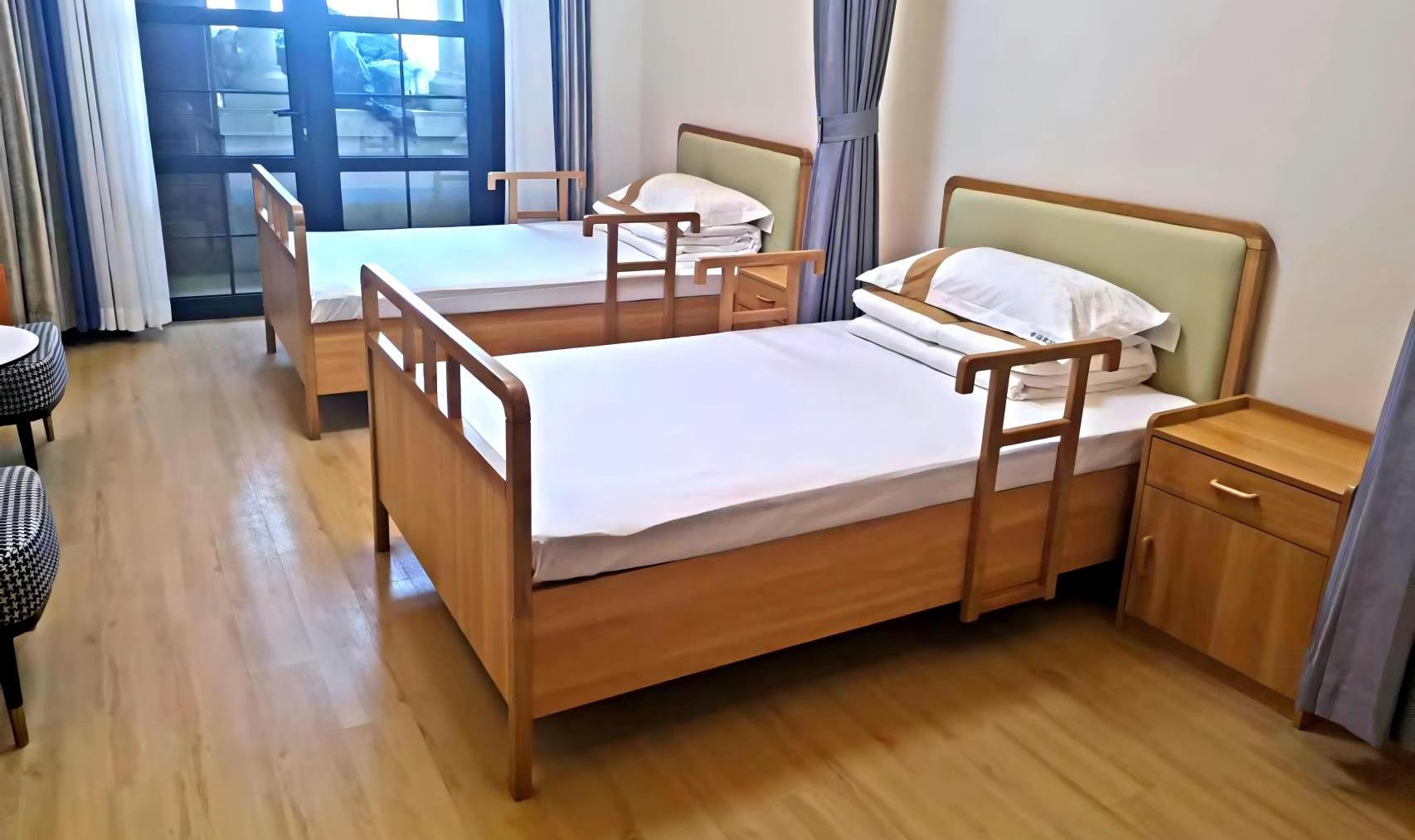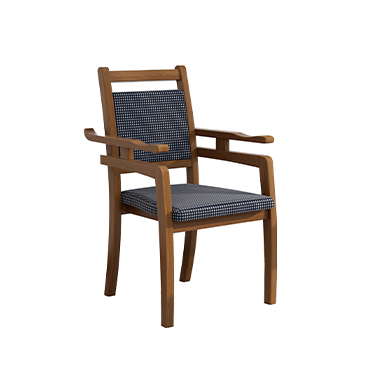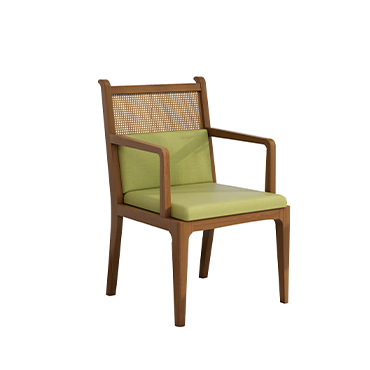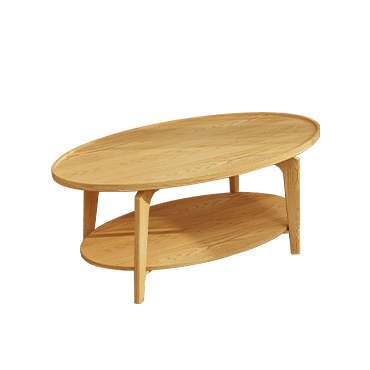Key Considerations When Choosing Senior Living Furniture
When selecting elderly care furniture for nursing homes, assisted living facilities, or private residences, it is important to look beyond appearance. Furniture for seniors should prioritize safety, comfort, accessibility, and durability, while also creating a welcoming and homelike environment. Below are the essential factors to consider:
1.Safety and Ergonomic Design
As people age, mobility and strength often decline, making it more difficult to sit down or stand up. Furniture should be designed to support these physical changes:
Chairs should be stable, slightly higher than standard, and equipped with armrests to provide extra support.
Tables and seating should have rounded edges to reduce injury risks.
Ergonomic design ensures that furniture adapts to seniors, rather than forcing them to adapt to it.
2.Durability and Performance in High-Traffic Environments
Senior care facilities often accommodate large numbers of residents and visitors. This requires furniture that can withstand heavy daily use:
Choose solid materials such as wood or metal for long-term reliability.
Upholstery should be commercial-grade, stain-resistant, and easy to clean.
Investing in durable furniture reduces replacement costs and ensures safety for residents.
3.Ease of Cleaning and Maintenance
Cleanliness is a top priority in shared living spaces:
Opt for fabrics and finishes that resist stains and can be cleaned quickly.
Darker colors help minimize visible stains and maintain a neat appearance.
Low-maintenance furniture allows staff to focus more on caregiving.
4.Aesthetic Appeal and a Home-Like Atmosphere
A nursing home or senior living facility should feel warm and inviting, not institutional:
Balance bright and dark colors to create a lively yet calming space.
Comfortable and stylish furniture enhances residents’ quality of life while maintaining a professional environment.
5.Compliance with Accessibility Standards
Accessibility is critical in senior living design. In the United States, the Americans with Disabilities Act (ADA) outlines specific requirements:
Hallways and living spaces should be free of obstacles, with at least 60 inches (152 cm) of turning space for wheelchairs.
Table heights should range between 28–34 inches (71–86 cm) to allow wheelchair users to sit comfortably.
6.Customization and Branding
Senior care facilities can also use furniture as a tool for branding and identity:
Select fabrics that match brand colors.
Embroider logos on dining chairs or use consistent design themes throughout the facility.
Customized furniture not only strengthens the facility’s image but also enhances the overall resident experience.
Conclusion
Choosing the right senior living furniture requires careful consideration of safety, durability, accessibility, and design. By combining functional features with warm aesthetics, facilities can create environments that support independence, comfort, and dignity for older adults.





